What Sunk the Lusitania? If you Think it was a Torpedo, Think Again
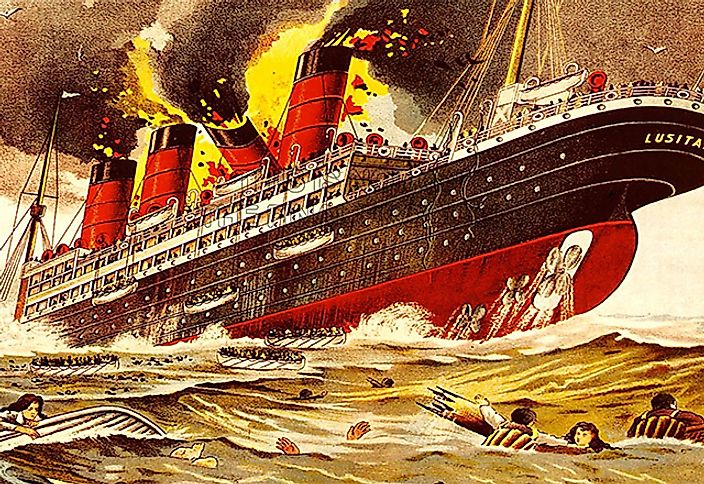
When a German submarine torpedoed the British ocean liner RMS Lusitania on May 7, 1915, the world was stunned. You have to think of the scale of 9/11 or Pearl Harbor in order to understand the impact. The Lusitania was a passenger vessel that sailed from Great Britain to the United States, carrying people who were on holiday, business trips, visiting family or even immigrating to America. More than a thousand of them never completed that May journey, which was cut short some 11 miles from the coast of Ireland.
From the moment the torpedo struck, it took just 18 minutes for the Lusitania to hit the seabed. However, there was also a second explosion on that fateful day that sparked a controversy that continues till this day. Exactly what occurred on May 7th, 1915 has been debated for a century.
A Seagoing Phenom
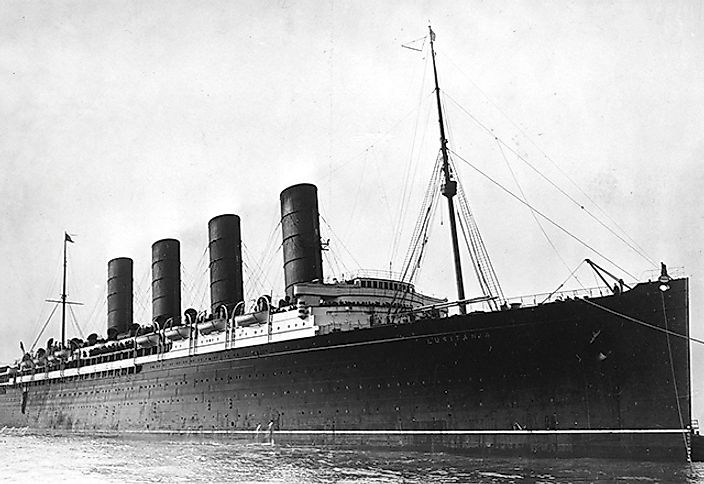
At the time, Lusitania was a seagoing phenomenon. At 762 feet long and almost 88 feet wide and, the ship was briefly the biggest in the world until her sister vessel, RMS Mauritania, was completed. She had elevators, air conditioning, wireless telegraphy and electric lights, all cutting edge technology. But it was her speed that really set her apart. She boasted a new kind of turbine engine that delivered 68,000 horsepower, almost three times that of other ocean liners. Lusitania could hit 25 knots at a time when an Atlantic crossing was a slow and tedious proposition. Anything that could shorten the voyage was welcomed, and the Lusitania was seen as a marvel.
It met all the standards for luxury that the wealthiest of its passengers expected. The first class dining area was a two level, domed neoclassical extravaganza, featuring carved mahogany panels, elaborate columns, sumptuous upholstery, plenty of gilt and the ability to seat 470 diners. The first class lounge had not one, but two 14 foot high marble fireplaces. Even third class accommodations, which carried mostly immigrants, were more comfortable than other liners. The spaces were less cramped and even boasted a piano for the below deck passengers to play.
There was one thing the Lusitania did not have – enough lifeboats. It had four less than the Titanic had carried in 1912.
The Rules of War
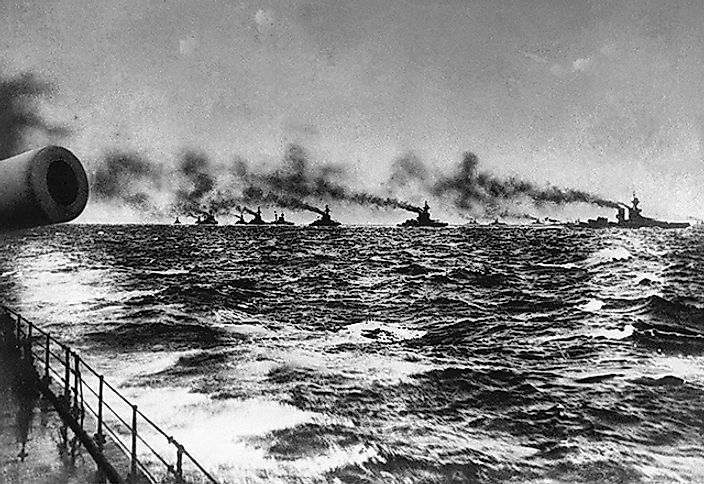
From the time of her launch, the ship made 201 uneventful crossings between Liverpool and New York. She won two awards for fastest Atlantic crossing. By early 1915, though, the world was changing. The Great War was on and there was a new threat at sea, German submarines called U boats that used stealth to stalk their targets.
For years, many governments had recognized the so-called “Cruiser Rules,” which required that civilian ships be warned before an attack and people allowed to disembark if the ship was to be confiscated or sunk. However, when war was declared in 1914, British merchant ships were given orders to ram any submarines that surfaced. As the war went on, though, fears for ocean liners like Lusitania subsided. The U-boats appeared to be observing the Cruiser Rules. In any case, many believed that the Lusitania was fast enough to outrun enemy ships.
In February 1915, Germany boldly announced that all Allied ships would be sunk without warning. America was neutral at the time, but in late April, the Germans published a warning in American newspapers, specifically naming Lusitania. It read in part, “Travellers intending to embark on the Atlantic voyage are reminded that a state of war exists; that the zone of war includes the waters adjacent to the British Isles; that, in accordance with formal notice given by the Imperial German Government, vessels flying the flag of Great Britain, or any of her allies, are liable to destruction in those waters and that travellers sailing in the war zone do so at their own risk.”
Lusitania had been designated as an “armed merchant cruiser” by the British, which meant it could be converted to a warship if necessary. It was deemed too large to be of use in combat, but it raised the issue of whether or not it was a legitimate military target. The manifest for the May crossing listed 4,200 cases of rifle cartridges, 1,250 empty shell cases and 3000 percussion fuses – all officially “contraband.” There has also been speculation that perhaps the 90 tons of unrefrigerated “lard, butter and cheese” listed on the ship's manifest were actually arms as dairy and fat products would have spoiled during the crossing. Whatever cargo she carried, her passengers were oblivious to the cargo.
An Easy Target
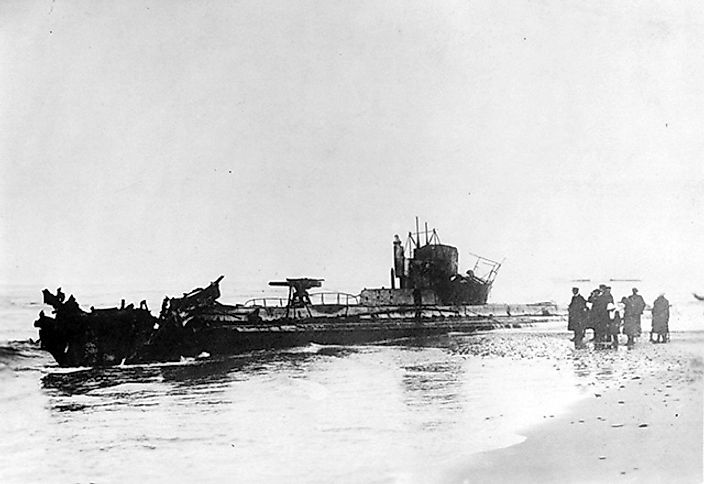
The Lusitania set off on her 202nd voyage on May 1, 1915. At the helm was Captain William Thomas Turner, a veteran officer who had taken over when the previous captain decided he was uncomfortable sailing a ship on the embattled waters of the Atlantic. Turner had been given instructions for evading German U boats by zigzagging through the sea, but it is unclear if he followed them. When approaching the Irish coast, he steered a straight course, having received a message that U Boats were not in the area.
Aboard the U Boat 20, Captain Walter Schwieger, 30 years old, was on the prowl in the North Atlantic. He had engaged several ships, two of which he sank after letting the people on board get off safely. He had just three torpedoes left as he approached the waters off the south coast of Ireland.
On May 7th, he spotted a huge ocean liner. He knew it must be Lusitania or Mauritania. With both ships considered “armed cruisers,” he ignored Cruiser Rules and maneuvered into position. At 2:10 PM, he gave the order to fire. The torpedo found its mark in the in the starboard bow of the Lusitania. The passengers felt a shudder, but little else.
"The Sound Was Quite Different"
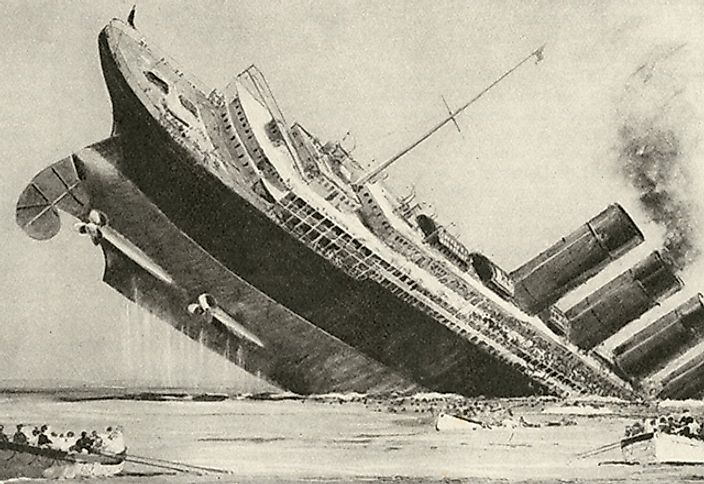
Moments later, though, a huge explosion ripped through the wounded vessel. To this day, no one knows exactly what blew up on the doomed ship.
One of the survivors, Charles Emelius Lauriet, Jr. wrote, “Where I stood on deck the shock of the impact was not severe; it was a heavy, rather muffled sound, but the good ship trembled for a moment under the force of the blow; a second explosion quickly followed, but I do not think it was a second torpedo, for the sound was quite different.” Lauriet thought it might be the boiler room, but, at the tim he didn’t know the ship was carried munitions. There are many theories, but no firm answer. But what is clear is that it was the second explosion that doomed the Lusitania, not the torpedo.
The ship listed so badly to one side that it was impossible to lower the lifeboats into the water; only six of the 48 even made it into the sea. Captain Schwieger recorded it all in his diary. “Shot struck starboard side close behind the bridge. An extraordinary heavy detonation followed, with a very large cloud of smoke. Great confusion is rife on board."
Of the 1,962 people on board, 1,198 perished. Rescue missions quickly became recovery efforts. The sense of tragedy was immense. Among the drowned were 128 Americans, which horrified the American public. The Lusitania tragedy is often cited as a catalyst for the US declaration of war two years later. Certainly it aroused public sentiment on both sides of the Atlantic.
Though Lusitania sunk in only 300 feet of water, there have been few salvage efforts. Some say that the Allies didn’t want publicity about the munitions. As recently as 1982, British officials warned divers who were working on the wreck that explosives they’d found could represent “danger to life and limb.” There was speculation that the British still did not want to confront the issue of arms aboard the passenger liner, even 70 years after the event. Today, the badly damaged wreck lies on her side, her final mystery on the sea floor, intact and waiting to be uncovered.







